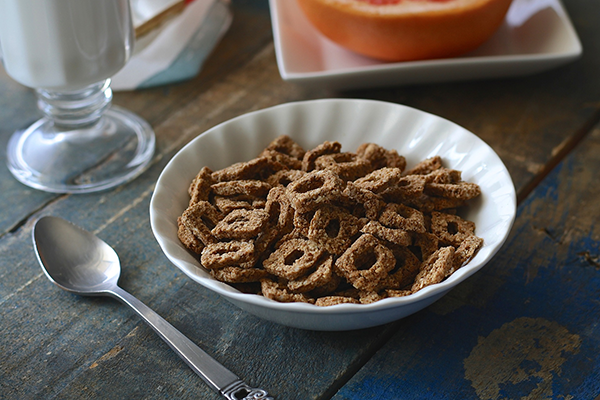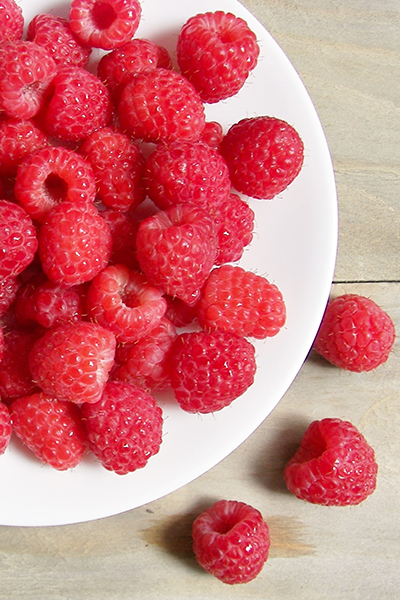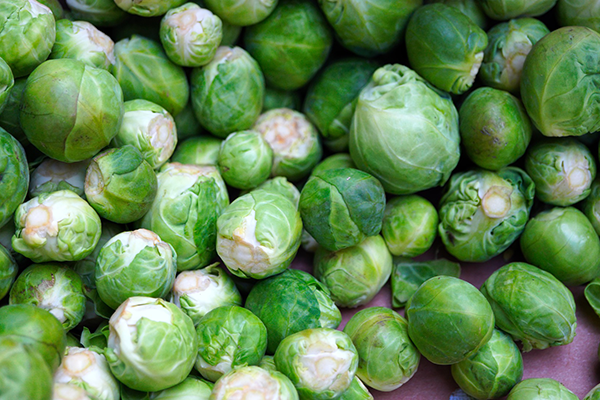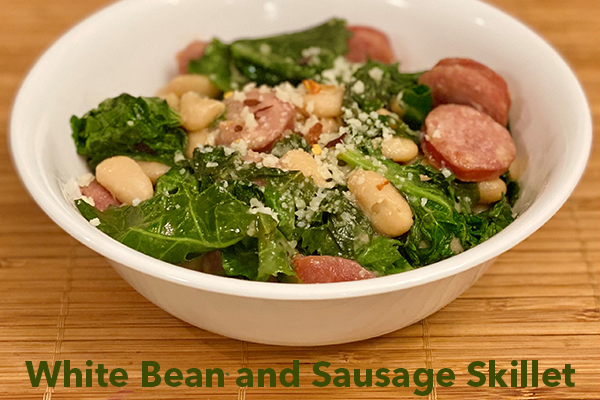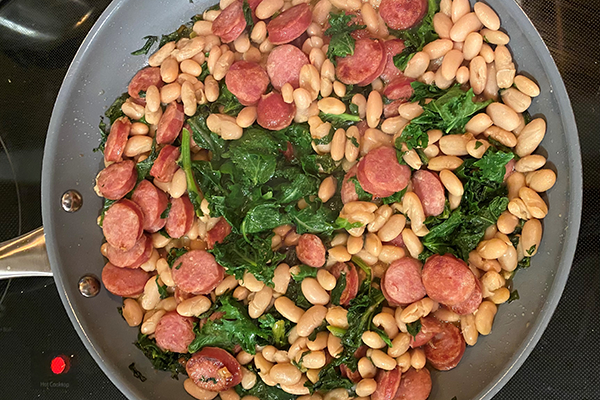Fiber is one of those things we all know we need to get more of. We may not be sure why, but we hear it everywhere. Are you constipated? Eat more fiber (and drink more water). Do you have diarrhea? Eat more fiber. But fiber does way more for us then regulate our bowel movements.
First, what is fiber?
Fiber is a type of carbohydrate that the body can’t digest. There are two main types of fiber, soluble and insoluble. Most real foods contain both but are usually higher in one than the other.
Soluble
Soluble fiber absorbs water to form a gel. Think about what happens when you add water to oatmeal or chia seeds. Types of soluble fiber include pectin, gums, inulin and some hemicelluloses. Some foods that are rich in soluble fiber include oats, apples, blueberries, pears, citrus fruits, peas, beans, barley, chia seeds and the supplement psyllium.
Insoluble
Insoluble fiber does not absorb water, it becomes “bulky” in the GI tract. Think about the difference between oats in water vs. celery in water. Celery is high in insoluble fiber, as are certain vegetables like cauliflower, green beans, potatoes, nuts, beans, the skins of fruits and wheat bran.
How much should we be getting?
According to the most recent Dietary Guidelines for Americans, “more than 90 percent of women and 97 percent of men do not meet recommended intakes for dietary fiber. This aligns with intake patterns where fruits, vegetables, and whole grains are under consumed by more than 85 percent of adults.”
It is recommended that adults consume around 25-35 grams of fiber per day (depending on calorie intake: 14g per 1000cal). You want to slowly work up to this amount and make sure you are drinking plenty of fluids.
Functions of Fiber
#Fiber has more functions than to just keep you regular. Are you getting enough? #saslife Click To TweetAct as pre-biotics
When we eat fiber, since we can’t digest it, it becomes food for our probiotics (our microbiome) – the trillions of microbial cells in our guts. They ferment it and produce short chain fatty acids (SCFA). SCFA’s are like food for the cells that line our GI tract. They help maintain the integrity of the gut lining, have been shown to help reduce inflammation and may play a role in mood and gut-brain communication.
Improve digestion and gut health
Of course, fiber does live up to its reputation for helping with regularity. Eating a high fiber diet can indeed help ensure regular bowel movements – just make sure you are drinking plenty of water. Both types of fiber are important; soluble fiber helps to soften the stool making it easier to pass while insoluble fiber helps to keep things moving along.
Manage blood glucose
Fiber helps to slow digestion and absorption of glucose from carbohydrates. This can help reduce the likelihood of a dramatic increase in glucose or insulin after a meal. Studies consistently show that a high fiber diet can help prevent diabetes.
Reduce cancer risk
Many studies support an inverse relationship between fiber intake and several types of cancer, including colon cancer and breast cancer. Since fiber helps with regular bowel movements, this helps to reduce the contact time between potential carcinogens and the inner lining of the GI tract, helping to reduce colon cancer risk. Fiber also helps to bind carcinogens, waste products and excess hormones and excrete them, reducing the risk for hormonal cancers and others. And those SCFA’s have anti-carcinogenic properties.
Improve heart health
Fiber, specifically soluble fiber, binds to cholesterol for excretion, which can help lower serum cholesterol. One study showed that for every 10 grams of fiber added to the diet, the risk of dying from heart disease went down by 17-35%! Plus, foods that are naturally high in fiber tend to also be rich in vitamins, minerals and phytonutrients, all which help to reduce heart disease risk. And remember those SCFA’s? They can help reduce the inflammation that’s associated with endothelial dysfunction, mitigate atherosclerosis and may also impact cholesterol production.
Increase satiety, helping with weight management
Fiber takes up room in your GI tract, which helps you feel full, and stay full longer. It also leads to the production of GLP-1, a compound involved in sending signals of satiety to your brain. Studies consistently show that a high fiber diet can help with weight loss and weight maintenance.
Support our natural detox process
Fiber can bind and trap not only carcinogens, excess hormones and cholesterol, but also harmful bacteria, toxins and other waste products that need to be excreted from the body.
Promote healthy aging
Numerous studies show that individuals who consume high levels of fiber live longer and experience less disease. One study showed a significant linear relationship between fiber intake and telomere length, showing that a higher fiber intake was associated with a longer telomere length which could mean a longer lifespan.
What should you eat?
Real, whole foods should make up the bulk of your diet (see what I did there 😉). If you are getting a good variety of non-starchy vegetables, lentils, legumes, whole fruits, whole grains, nuts and seeds, then you will likely be getting adequate fiber. Don’t fall for the marketing on the front of highly processed foods that might say “high in fiber.” Stick with real, whole foods.
For more details on fiber content of foods, check out this chart.
What about fiber supplements?
For general overall health, using fiber supplements should be a last resort. Goal number one should be increasing fiber-rich real, whole foods. However, certain fiber supplements have been shown to be helpful in reducing cholesterol, assisting with weight loss and improving blood glucose and bowel regularity.
Do know that overdoing fiber supplements can cause gas and stomach cramping. Taking them at the wrong time can cause them to bind to nutrients or other medications, preventing absorption. It is also very important that you increase your fluid intake if you start taking fiber supplements.
Of course, there are always exceptions. For some gastrointestinal conditions, increasing fiber can make things worse. If you have any concerns, please talk with your health care provider before changing anything.
White Bean and Sausage Skillet
Makes 4 Servings
Recipe Adapted from The Modern Proper
PRINT RECIPE
A high fiber recipe for those that don’t like high fiber foods.
Ingredients
2 Tbsp olive oil
12-16 oz smoked or Italian sausage links (chicken or pork), ½-inch sliced
3 garlic cloves, minced
2 (15-oz) cans cannellini beans, rinsed and drained
1½ cups chicken stock
1 tsp minced fresh thyme leaves
about 3 cups packed, chopped curly kale, stems removed OR 5oz baby kale
1 Tbsp lemon juice
¼ cup parmesan, plus extra for serving
sea salt and freshly cracked black pepper, to taste
red pepper flakes, optional
Directions
- In a 12-inch skillet, heat olive oil over medium-high heat.
- Add sliced sausage and cook on both sides until browned, about 4-5 minutes.
- Add garlic to the skillet and stir around for about 15 seconds, then add beans and 1 cup of chicken stock.
- Add thyme, sea salt and pepper. Stir to combine and bring to a simmer over medium heat.
- Add kale, reduce heat to medium-low and cover. Cook, stirring often, until kale has wilted, about 2-5 minutes more.
- Add lemon juice, parmesan and red pepper flakes (if using). Stir to combine.
- Add remaining stock a little at a time if it starts to get too dry.
- Adjust seasoning to taste.
